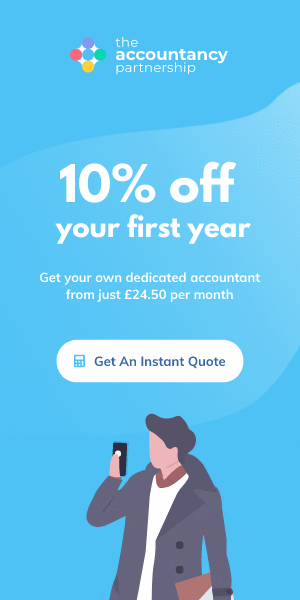Having the unique lightbulb moment that leads to you starting your own business can sometimes feel like it’s the easy part. It’s what comes after that can feel far more complex, like how to market and promote your new product or service.
We explore a selection of marketing tactics you could include in your wider strategy to set yourself apart from competitors, share your offering far and wide, and most importantly – reach the right customers.
Decide whether you need a website
Websites are one of the most widely explored marketing tools. In fact, it can be easy to believe that without one, you won’t succeed. However, this isn’t true – at least not for everybody.
Sure, a website is non-negotiable for some businesses as it’s a logical (and lucrative) place to direct online traffic and potential leads. Some businesses, on the other hand, can operate their business through third-party platforms, such as an online retailer who sells via Etsy or Amazon, for example.
Decide whether you want to set up a website for your business. If not, don’t worry, there are plenty of other ways to promote your product or service.
If you do decide to create a website, be sure to:
- Use high-quality imagery
- Include unique, engaging copy
- Ensure it’s optimised for use on all devices so it’s accessible to all users
Search Engine Optimisation
Search Engine Optimisation (SEO) is all about tailoring the content (on-page and technical backend copy) on a website to target the search terms your customers are typing into Google’s search bar.
These search phrases are called ‘key terms’ and using them strategically on landing pages, blog posts, meta descriptions, etc., will eventually push a website up the search engine results pages (SERPs).
The higher up the SERPs a website is, the higher the business will rank, the more people are going to click the link, visit the site, engage with the product or service, and so on.
Understanding the principles of SEO is important even if you don’t have a business website. This is because you’ll still need to use key term optimisation in other places such as product descriptions on ecommerce platforms and paid social media ads.
Top tip: If you have a website, consider setting up a business blog where you can regularly publish original, shareable, optimised content. This will support your organic traffic (i.e., visitors you haven’t directly paid to attract).
Harness the power of social media
In today’s hyper-connected digital world, it’s important for a business to have some kind of social media presence if it’s going to be marketed successfully.
That’s not to say you need to juggle every single social media platform out there – just the ones that are relevant to your industry and audience. Go where your customers are so you can be sure you’re sharing content with a captive audience.
Some of the most effective ways to market your business through social media include using:
- Organic content (static images and videos)
- Paid social media advertising
- Influencer collaborations
- Podcasts (setting up your own and appearing on others)
- User-generated content (UGC)
Combine some or all of these tactics into a solid social media strategy to significantly boost your marketing efforts. You might find it more useful to focus your attention on those that engage more of your audience, for the least number of resources.
Pro tip: Videos are twice as likely to be shared than other forms of content, especially shorter-form videos, which have been shown to have an impressive retention rate of 62%.
Influencer marketing
For many businesses, influencer marketing is another promotional avenue worth exploring. This involves working with digital content creators who have sizeable social media followings and a highly engaged audience.
You can collaborate with influencers who will share your product or service to their followers, typically in exchange for payment or complimentary goods or services.
The content creators you choose to work with should be in your market niche. In other words, their audience should also be your audience.
Macro influencers are those with large followings (100,000+), while micro influencers are those with anything from 100,000 down to 10,000. There is value in working with both but bear in mind that the more prolific a digital content creator is, the more expensive they will be to work with.
Traditional marketing
Tech is so uber savvy these days that there are more possibilities than ever when it comes to marketing your business. In amongst all of this exciting innovation, don’t overlook the value of traditional networking too.
Get out there, meet people, and spread the word about who you are and what you do. Word-of-mouth is one of the most effective ways to market a business and attending networking events yourself supplements things like positive customer reviews and recommendations.
Check out face-to-face events in your surrounding areas but explore online networking opportunities too. Connecting with people around the world will open doors for you far and wide.
On the topic of more traditional and offline means of marketing a business, you could also explore:
- Print marketing (print ads, brochures, catalogues, look books, etc.)
- Out-of-home advertising (OOH), which includes things like billboards, bus station posters, and signage at events
- Event sponsorships
- Customer referral programmes
- Competitions and giveaways
While so many businesses are focusing on the next big digital thing, it leaves the door open for you to explore other more traditional routes with quieter competition.
It’s all about finding the marketing avenues that lead to your target customers, whatever and wherever that may be.
Don’t just implement tactics into your promotional strategy for the sake of it or because of trends – do it because it is going to add real value to your business growth plan.
Looking for further business support? Head over to our info hub for even more news and resources.





Leave a Reply